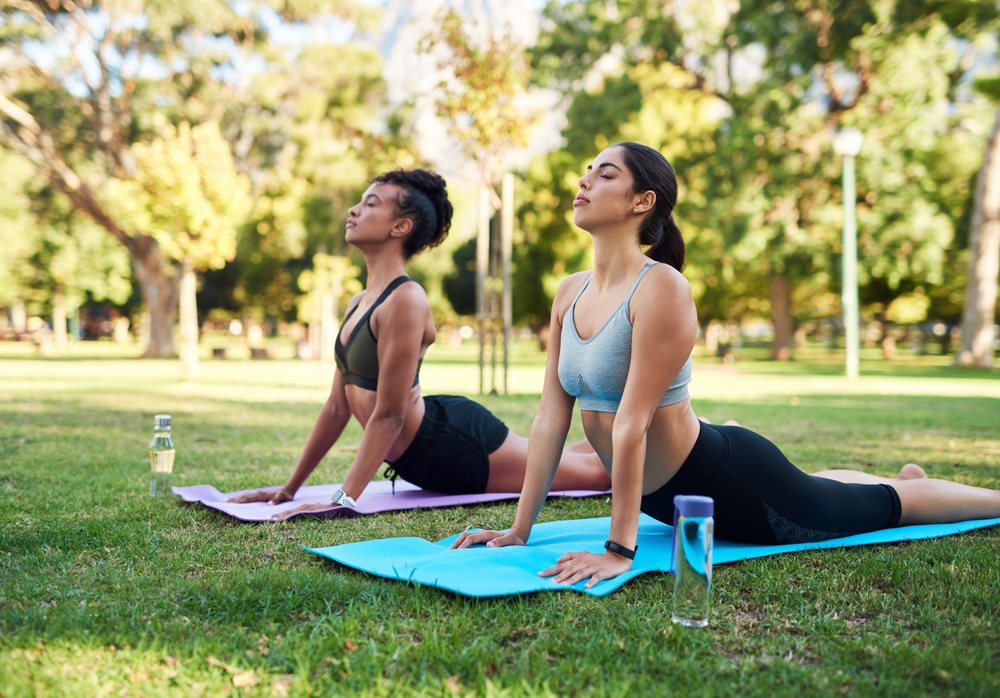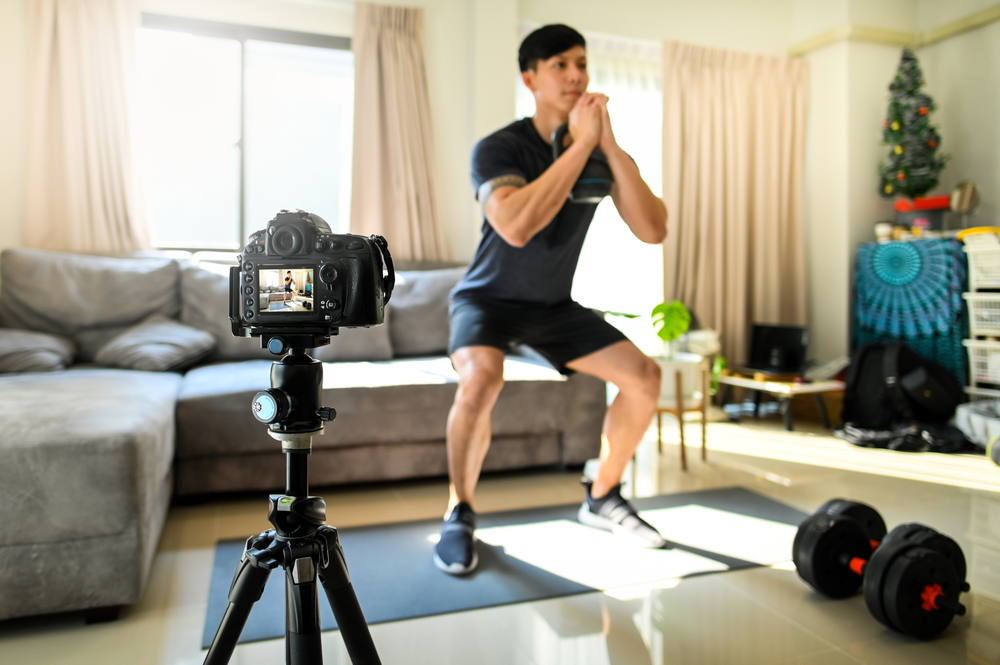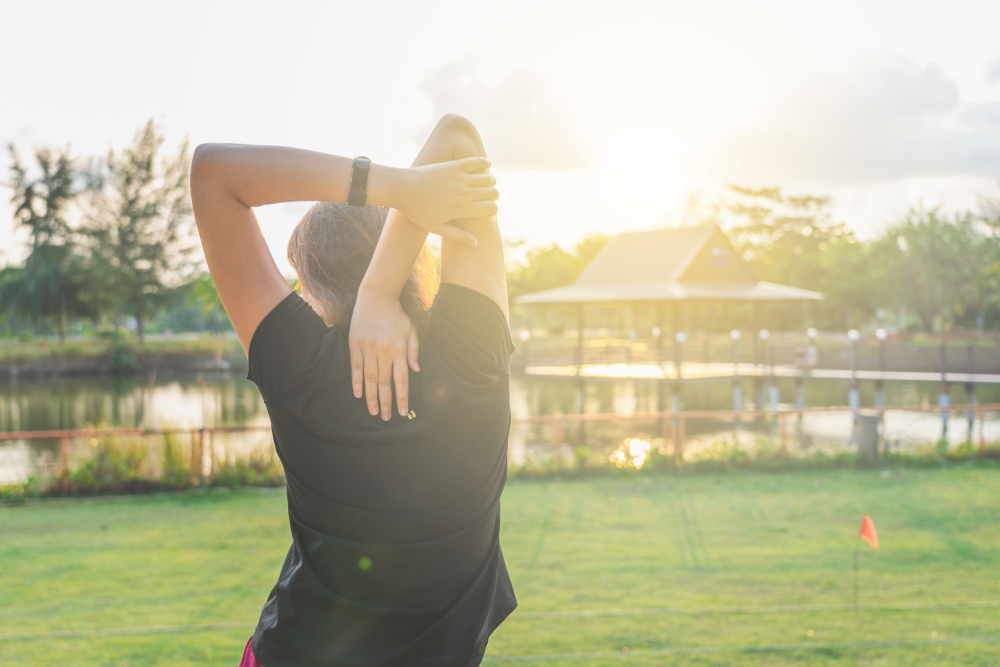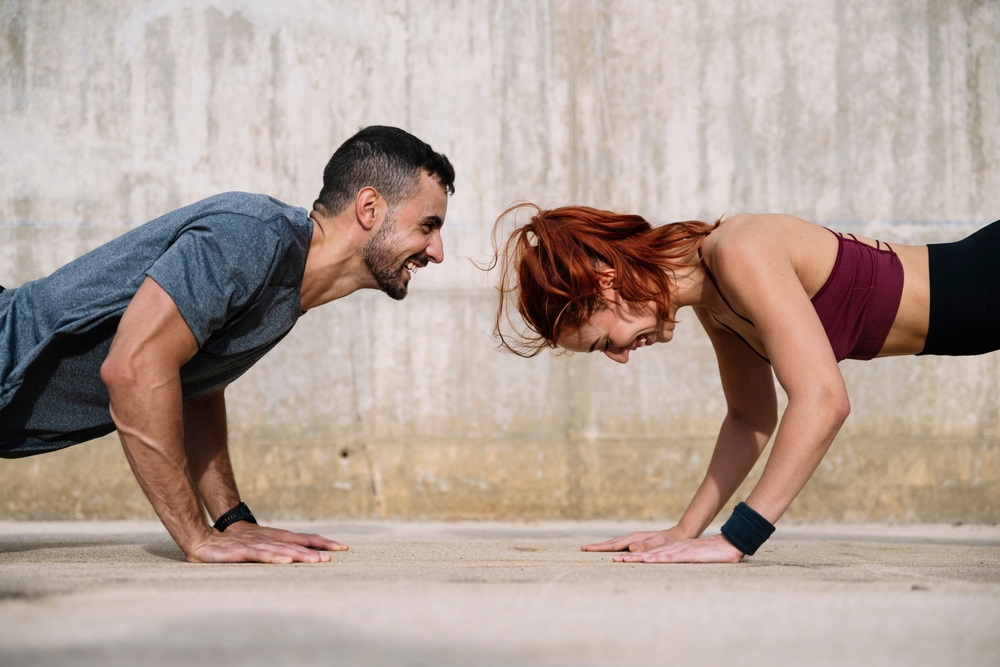Most people know exercise is good for them, but that does not mean they enjoy it. The truth is, your brain might need as much training as your body when it comes to movement. The key to turning workouts into something you look forward to lies in your mindset. You can shift how your brain responds to physical activity by changing the way you think, feel, and reward yourself before and after moving. Once you adjust your mental patterns, exercise becomes less of a task and more of a treat.
Recognize Why Exercise Feels Like a Struggle

The first step is accepting that avoiding movement is not a personal flaw. Your brain is designed to conserve energy, so it naturally resists things that feel effortful. That inner resistance is just your body trying to protect you from doing more than it thinks is necessary. Instead of labeling yourself as lazy, realize that this feeling is common. Acknowledge it without judgment, and you can start choosing different actions on purpose.
Look for Rewards You Can Feel Right Away

Waiting for long-term results is frustrating. If your only goal is to get a six-pack or lose weight, you might lose motivation quickly. Your brain likes quick feedback. That is why it helps to create small, satisfying experiences right after working out. Play your favorite music, walk in a place you enjoy, or treat yourself to something small after a workout. When you pair movement with something pleasant, your brain starts to see it as rewarding, not just necessary.
Choose Movement That Makes You Feel Good

You do not have to run if you hate running. The best form of exercise is the one you will actually do. Movement can take many forms, like dancing in your kitchen, walking your dog, riding a bike, or stretching in the morning. If something feels fun or freeing, you are more likely to repeat it. When you enjoy the movement itself, your brain creates positive connections that make it easier to come back for more.
Read More: 8 Simple Exercises to Improve Your Posture and Reduce Back Pain
Build a Routine Around Something You Already Like

One easy trick is to stack your workout next to something you already enjoy. For example, if you love listening to podcasts, only let yourself listen to your favorite one while you walk or jog. If you enjoy sunlight, save your workouts for times when you can be outside. This turns exercise into an activity your brain looks forward to because it is tied to a source of enjoyment. Over time, your brain blends those good feelings with the act of moving.
Picture Yourself Enjoying the Process

Visualization works because your brain responds to imagined experiences. Take a minute before your workout to picture yourself finishing strong, feeling great, and being proud of yourself. It sounds simple, but mentally walking through a good experience helps you feel more capable. If you imagine yourself succeeding, it becomes easier to do it in real life. That positive expectation makes exercise feel less like a burden and more like a personal win.
Start With Small Wins to Build Confidence

You do not need to work out for an hour on your first day. Start small. Do five jumping jacks. Take a ten-minute walk. Do ten squats during a TV break. The brain loves completion. When you set a small goal and meet it, your brain gets a boost of satisfaction. That feeling of success pushes you to try more next time. With every small win, your confidence grows and exercise becomes a part of your identity.
Exercise With Other People When You Can

There is something powerful about moving with others. Even if you are not very social, having someone to walk or stretch with makes the experience feel lighter. It adds variety, keeps you accountable, and gives you someone to laugh with if things get tough. Whether it is a class, a friend, or even a pet, shared activity boosts your enjoyment and keeps your motivation steady.
Track How Exercise Makes You Feel

Instead of tracking only your weight or time, try tracking how you feel before and after working out. Write down how your mood shifts, how much energy you have, or how you sleep that night. These results are easy to overlook, but they matter most in the long run. When you notice how often exercise improves your daily life, your brain will start linking movement with feeling better overall.
Change the Way You Think About Fitness

People often see exercise as punishment, but it is not. Movement is a way to celebrate what your body can do. Instead of thinking “I have to work out,” try thinking “I get to move today.” That simple change in words matters. When you stop treating exercise like a punishment, it starts to feel like a gift. This change in mindset can turn a lifelong chore into something you genuinely enjoy.
Create a Fun Pre-Workout Ritual

Your brain loves habits. One way to make exercise more automatic is to create a small routine that signals your brain it is time to move. This can be something like filling a water bottle, changing into comfortable clothes, or playing a certain song. These rituals help ease your brain into action. Over time, your body will start moving without needing much debate. That routine becomes a trigger for good energy and better focus.
Pay Attention to How You Feel Afterward

Most people feel better after moving, even if they do not enjoy the start. That post-exercise glow is real. Your body tends to feel lighter, your thoughts clearer, and your mood more stable. The more you notice these benefits, the more your brain will start to want them. Reflect on what changes after a workout, and let that be the motivation you need to show up again the next day.
Be Kind to Yourself on Low-Energy Days

There will be days when you do not feel like moving. That is normal. Instead of pushing too hard or giving up, aim for something gentle. A slow stretch, a short walk, or just moving your body in any way still counts. Consistency matters more than intensity. By showing up with compassion and flexibility, you prove to your brain that movement is safe and sustainable. That kindness keeps you coming back.
Read More: Easy Exercises That Help Keep Your Mind Sharp at Any Age
Final Thought: Your Brain Can Learn to Love Movement

You do not have to be born athletic or fitness-obsessed to enjoy exercise. What matters most is how you train your brain to respond. By choosing movement that feels good, celebrating small wins, and attaching pleasure to the process, you can rewire your mindset completely. With patience and repetition, your brain will stop seeing exercise as a chore and start seeing it as something to crave. The shift takes time, but it is possible for anyone.
Disclaimer: This article was created with AI assistance and edited by a human for accuracy and clarity.
Disclaimer: This information is not intended to be a substitute for professional medical advice, diagnosis or treatment and is for information only. Always seek the advice of your physician or another qualified health provider with any questions about your medical condition and/or current medication. Do not disregard professional medical advice or delay seeking advice or treatment because of something you have read here.

